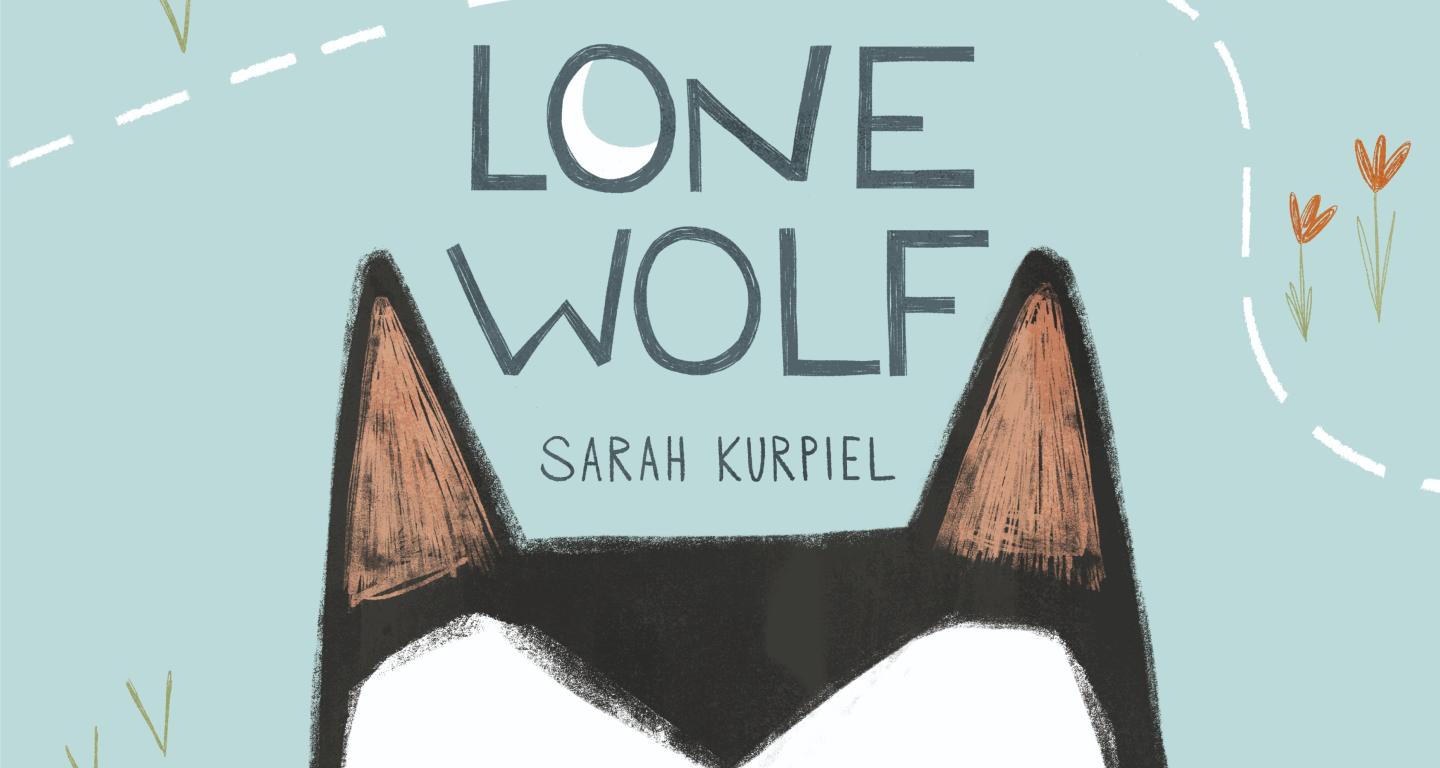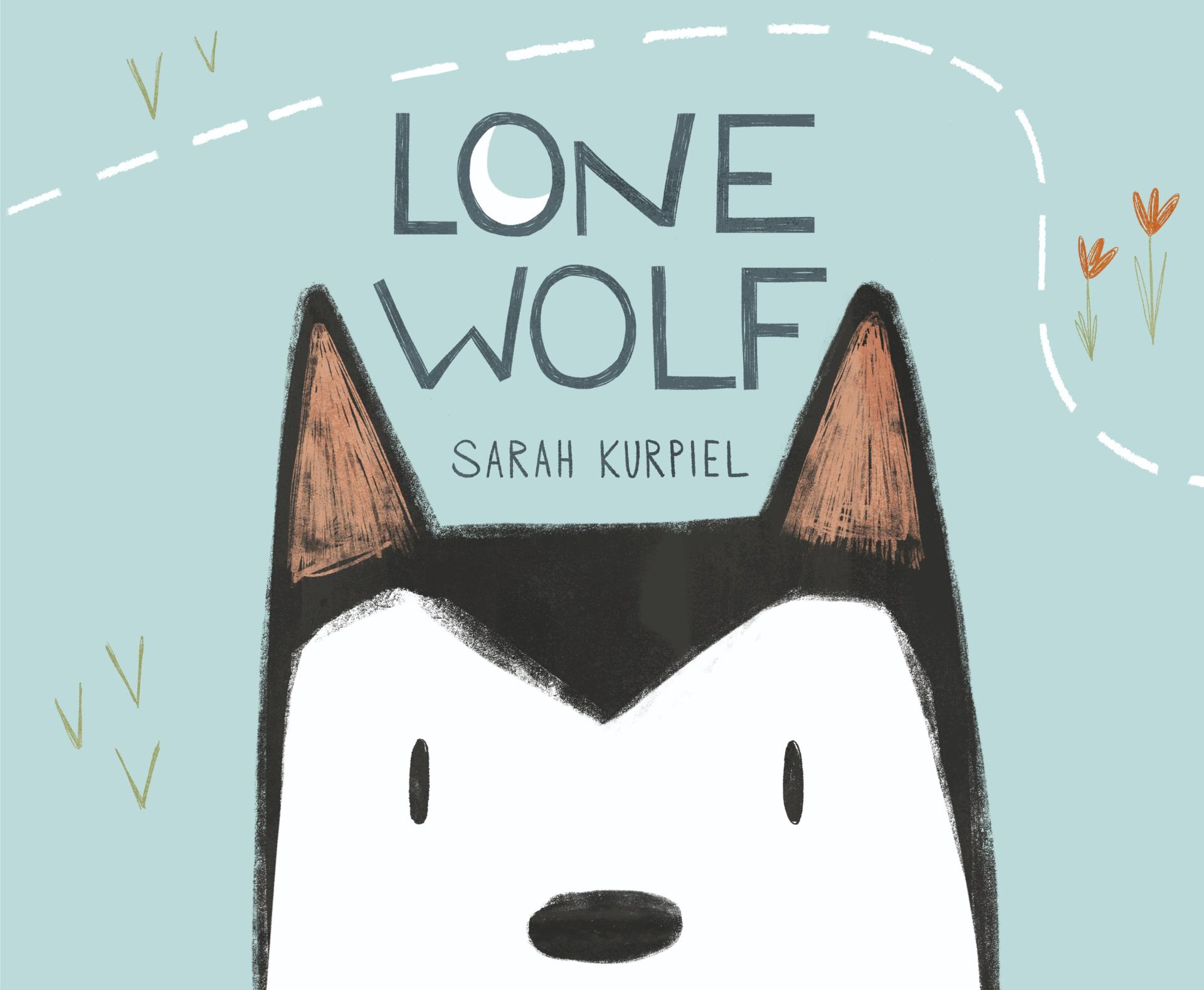While many people think they can write a children’s book, the process of finding a publisher must be quite a challenge. How did you succeed in getting your book published? And how does a book attract the attention of IndieBound and other book reviewers?
I love contemporary picture books, so I read them all the time. There are so many incredible picture book makers whose work I admire. Reading picture books taught me how to make picture books. Typically, once your manuscript or dummy and samples are ready, the first step is to query editors directly or query literary agents who will query editors on your behalf. Editors at some publishing houses only accept queries from agents, so that’s one benefit of seeking an agent first. In my case, by a stroke of luck, an agent’s assistant at Writers House reached out to me on Instagram, where I had been posting my drawings under a pseudonym. On and off over the next few months, they helped me revise my story and develop a portfolio. The day they offered me representation was one of the best days of my life. It finally felt real. Middle school me had not seen this coming. By this time, the agent’s assistant had become a junior agent, so I happily signed with both agents. Once they prepared a letter and selected editors to query, Lone Wolf officially went out on submission. About two weeks later, I accepted a publication offer, and about 18 months after that, the book hit the shelves (figuratively, due the pandemic!). Prior to publication, the publisher sends copies to reviewers, like Kirkus and the School Library Journal.
Where did you receive your graduate degree in library science and where are you employed?
I received my Master’s in Library and Information Science (MSLIS) from the University of Illinois at Urbana-Champaign’s synchronous online LEEP program. For the past six years, I’ve worked as the Emerging Technologies Librarian at the Benedictine University Library.
Do you have any advice for aspiring authors/illustrators?
Read contemporary picture books. Read a lot of them. Read them out loud. Read your favorites again and again. It’s the best way to learn about pacing and page turns and everything that makes a good picture book special. That said, I’m very much still learning myself. I expect I always will be.
Do you have any other books underway?
Yes! My next book will be about another popular pet: cats. For a long time in my life, I proclaimed myself “a dog person.” Then, my family adopted a cat. Turns out, I’m a cat person too. Cats are naturally funny, which makes them so fun to draw. And it’s a good thing they’re fun to draw, because I had to draw so very many of them for this book! In early June, I submitted the final art to the publisher. I expect the book will come out sometime next year.
Praise for Lone Wolf
- Summer 2020 Kids’ Indie Next List
- Amazon.com Best Books of the Month
- “With lovely cadenced phrasing, and a winning heroine, this delightful debut picture book is strongly recommended for purchase.” - School Library Journal (Starred review)
- “Pawsitive vibes all around.” - Kirkus Reviews
Find out more about Sarah Kurpiel at sarahkurpiel.com and follow her on Instagram and Twitter.



